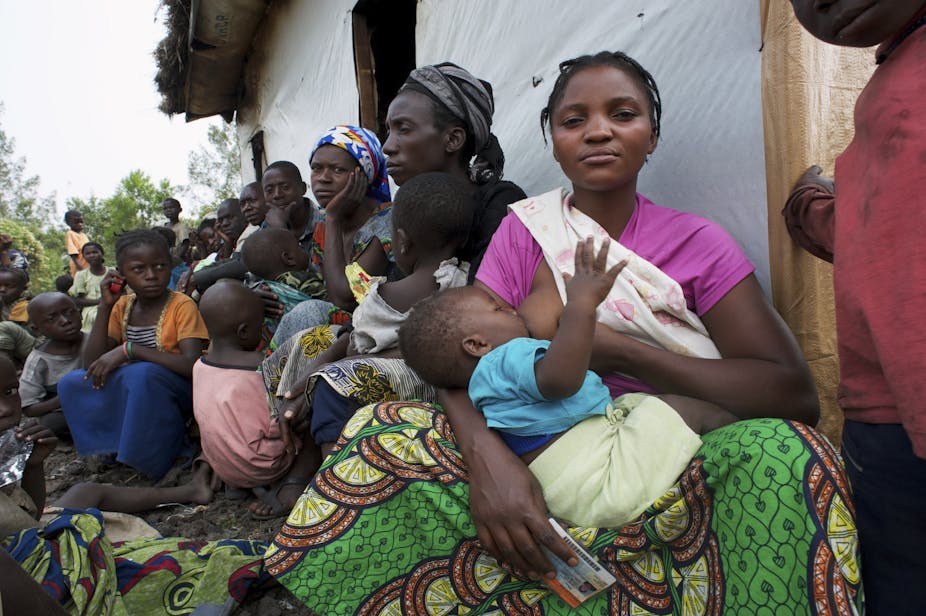There’s a growing global recognition of proper infant nutrition in the child’s first 1000 days of life. This can be monitored through encouraging proper nutrition during pregnancy and the first two years of life for optimal growth, health and survival.
Poor breastfeeding and complementary feeding practices are some of the common causes of malnutrition in the first two years of life. Breastfeeding confers both short-term and long-term benefits to the child like reducing the risk of infections and diseases like asthma, obesity, and type 2 diabetes. Mothers who breastfeed also lower their risk of developing breast and ovarian cancer, weak bones, obesity and heart diseases.
For countries to reap the benefits of breastfeeding they need to achieve a baby friendly status. Kenya began promoting the baby friendly hospital initiative approach in 2002. It ensures that health facilities where mothers give birth encourage immediate initiation of breastfeeding and exclusive breastfeeding for the first six months. Unfortunately, this programme was only accessible to women who delivered in the health facilities, leaving out those who give birth at home.
We conducted a two year study involving 800 pregnant women and their respective children in a rural area in Kenya. The study involved testing feasibility and potential effectiveness of the baby friendly community initiative (BFCI), whereby women in the intervention arm were given home-based counselling on optimal breastfeeding alongside health facility based counselling. These mother-child pairs were followed until the child was at least six months.
The initiative led to an increase in the number of women optimally breastfeeding their babies. For example, overall 85% of children were breastfed within the first hour of birth; 90% in the intervention arm compared to 81% in the control arm. The national estimates in Kenya show that 62% of children were breastfed within one hour of birth.
These findings show that providing breastfeeding information at the health facility and following it with home-based counselling of pregnant and breastfeeding women promotes a higher rate of immediate initiation of breastfeeding.
What we found
About a third of women in Kenya deliver at home, 50% in rural areas, which is why we launched our project in a rural area. Our focus was to work on encouraging exclusive breastfeeding at the community level.
Community health volunteers and health professionals taught and counselled mothers on the importance of appropriate maternal, infant and young child nutrition.
Our study showed that for the infants aged less than two months, 95% were on exclusive breastfeeding in the intervention arm compared to 86% in the control group.
The findings also showed that 88% of children in the intervention group were reported to have been exclusively breastfed for six months compared to 44% in the control arm.
The mothers said that the training on child health and nutrition was beneficial. In the words of one:
The Community health volunteers taught us how to take care of the children and how to feed them. They even told us to breastfeed exclusively for six months and wean by giving a balanced diet.
Another added:
They told us to attend clinic regularly. The community health workers found me when I was two months pregnant and I attended more than four ante natal clinics throughout pregnancy.
The role of men in supporting pregnant women and lactating mothers was also emphasised during the training. The project advocated for male partner’s involvement in child care to ensure that women get breastfeeding support. This led to enhanced family relationships and better mental health for the mothers knowing that their partners support proper nutrition through breastfeeding for the newborns.
Lessons
Community health volunteers are a major pillar in influencing health interventions at community level. They are accessible, well known and are accepted.
Governments need to identify feasible and effective strategies to promote optimal infant feeding. This included immediate initiation of breastfeeding and exclusive breastfeeding for six months and appropriate complementary feeding from six months.
This model intervention can be replicated in other countries, especially in rural areas, to influence positive changes for better nutrition.
Peter Muriuki contributed to this article

